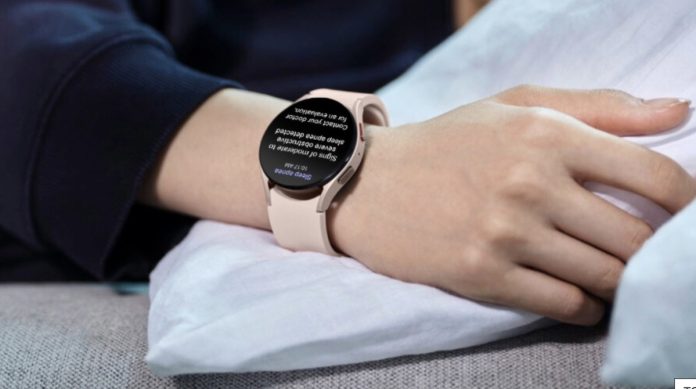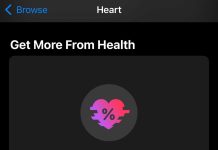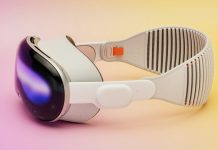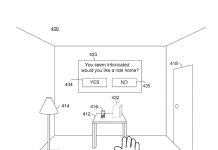Samsung introduced the sleep apnea feature on its Samsung Galaxy Watch 4 earlier this year. The Sleep apnea feature on the Samsung Health monitor app received De Novo authorization from the FDA in February 2024.
A recent study by the researchers at the University of California, San Diego, found Samsung’s sleep apnea detection feature to be quite reliable and accurate when compared to that of the lab-based polysomnography references.
The researchers analyzed wearable data from 51 participants and compared it with the in-lab overnight polysomnography data.
The Samsung Galaxy Watch 4 conducted reliable overnight continuous SpO2 monitoring with RMSE <3% when compared with the lab polysomnography references.
In 2019, the National Sleep Foundation reported that sleep apnea likely affects as much as 20% of the population, and it’s been found that around 85% of individuals with sleep apnea don’t know they have it.
Related Reading:
- Sleep tracking not working on Samsung Galaxy Watch? Lets fix it
- Results from new study highlight challenges with Samsung Galaxy Watch’s Blood Pressure monitoring
- New Samsung Galaxy Watch 5 or 5 Pro? Here are 20+ tricks and tips to make you a power user
Sleep-disordered breathing is highly prevalent in patients with atrial fibrillation (AFib) and its treatment can improve rhythm control.
Polysomnography (PSG) is the gold standard for the diagnosis of sleep disordered breathing but its high cost and limited availability constrain its role as a standard sleep apnea screening tool.
Smartwatches from Samsung and Apple can already detect AFib (atrial fibrillation) with great accuracy and reliability.
Although the Apple Watch and the Fitbit latest watches have all the data that is required to establish sleep apnea, neither of the companies yet offer an FDA-complaint sleep apnea detection feature.
The incorporation of sleep-apnea monitoring feature will be a big help for not only the folks who suffer from sleeping disturbances but also for users who have Afib history and may suffer from sleep disordered breathing.
According to Samsung, its sleep apnea monitoring feature is intended to detect signs of moderate to severe obstructive sleep apnea in the form of significant breathing disruptions in adult users 22 years and older, over a two-night monitoring period.







